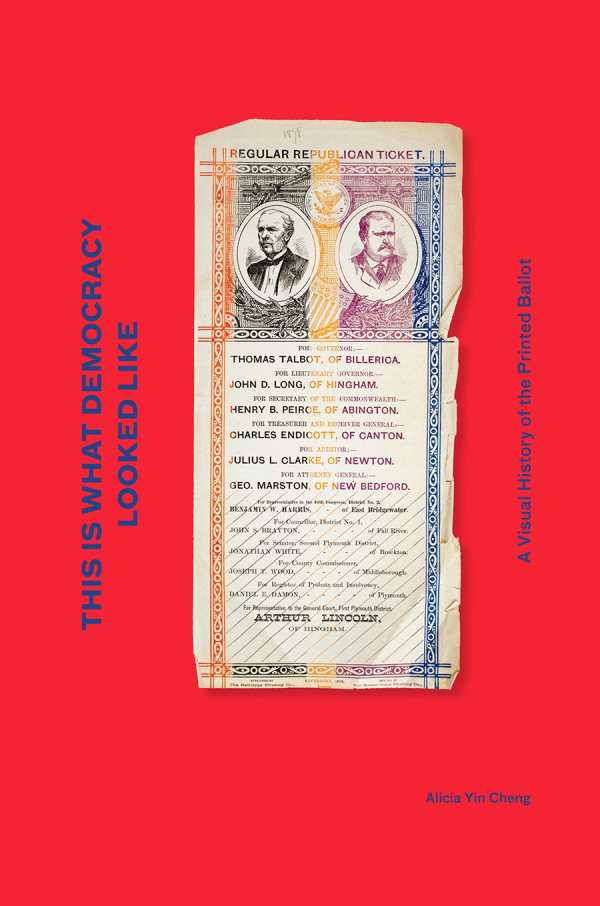This Is What Democracy Looked Like
A Visual History of the Printed Ballot
As a thought experiment, ask yourself how close the USA might be, exactly, to becoming another quasi-, tin-pot democracy led by an authoritarian figure, along the lines of Putin’s Russia and Erdogan’s Turkey? What types of damaging changes to our system of government would fatally unravel the constitutional handiwork of Washington, Jefferson, Adams, and Madison, and could it really happen here? It’s not such a preposterous question, not when our co-equal branches of government—that’d be you, Congress and the Supreme Court—seem obedient to an unscrupulous president.
What we have in America is not to be taken for granted. In order to keep this republic a beacon for all others, we citizens are dutifully bound to stay informed, question authority, support an independent press, celebrate good governance, and, most importantly, VOTE.
Yes, vote: our most critical responsibility in a functioning democracy. But it’s not something Americans have shown much talent for recently. In 1876, 82.6 percent of eligible voters hit the polls. Yet, just thirty years later, the number of voters in presidential elections fell by 30 percent.
So, what has changed from those days of high active participation? This Is What Democracy Looked Like shows us—with copies of actual ballots used in the nineteenth and early twentieth centuries elections—in colorful, fascinating detail. The ballots confirm that our American democracy is a work in progress. Too often, corrupt ballot designers successfully deceived and confused voters. As ballots evolved, so did politicians and voters. With mail-in ballots, electronic polling, and various other voting methods in play, November 2020 is certain to live up to the hype.
Reviewed by
Matt Sutherland
Disclosure: This article is not an endorsement, but a review. The publisher of this book provided free copies of the book to have their book reviewed by a professional reviewer. No fee was paid by the publisher for this review. Foreword Reviews only recommends books that we love. Foreword Magazine, Inc. is disclosing this in accordance with the Federal Trade Commission’s 16 CFR, Part 255.

